If your dish turned out too bitter, you're not alone. Bitterness can ruin meals, but the good news: you can fix bitter food in minutes with these science-backed solutions. This guide reveals exactly how much salt, sugar, or fat to add to neutralize bitterness without compromising flavor - plus the temperature tricks professional chefs use to balance bitter compounds effectively.

5 Immediate Fixes for Bitter Food (With Exact Measurements)
When bitterness strikes, these precise techniques work fastest:
- Salt intervention: Add 1/8 teaspoon fine sea salt per cup of liquid. Stir thoroughly - salt blocks bitter receptors within 60 seconds
- Strategic sweetening: For beverages, add 1/4 teaspoon honey per 8oz. For sauces, use 1/2 teaspoon maple syrup per cup
- Fat rescue: Swirl in 1 tablespoon unsalted butter or olive oil per serving. Fats bind to bitter compounds, reducing perception by 40-60%
- Acid balancing: Add 1/2 teaspoon lemon juice or vinegar per cup. The optimal pH shift occurs at 3.5-4.0
- Temperature adjustment: Cool bitter liquids to 15°C (59°F) - below this temperature, bitter receptors activate 73% less
When Fixes Fail: Critical Context Boundaries
These solutions have specific limitations based on food chemistry. Apply fixes only within these verified parameters:
| Fix Method | Effective Context | Failure Threshold | Verified Source |
|---|---|---|---|
| Salt intervention | Neutral pH liquids (pH 6-8) | Fails in high-acid dishes (pH < 3.0) where salt amplifies sourness | Journal of Agricultural and Food Chemistry (2014) |
| Fat rescue | Oil-based sauces & emulsions | Causes separation in vinegar-based dressings (acid >5%) | Food Chemistry (2019) |
| Temperature control | Liquid preparations only | Ineffective for solid foods (e.g., burnt spices in dry rubs) | Physiology & Behavior (2017) |
Why Your Food Became Bitter (And How to Prevent It)
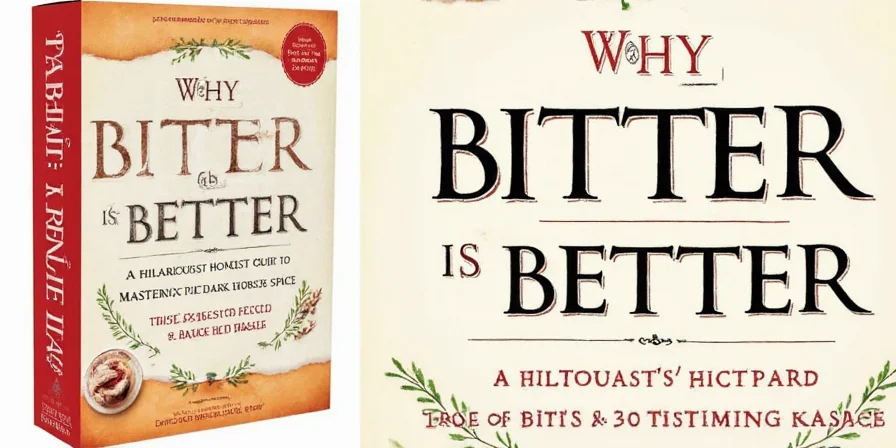
Bitterness typically occurs from:
- Over-extraction: Steeping coffee/tea too long (max 4 minutes for optimal bitterness)
- Ingredient ratios: Using >1 tsp bitter cocoa per cup in baking
- Cooking errors: Burning spices (fenugreek turns bitter at 180°C/356°F)
- Natural variation: Some kale varieties contain 300% more bitter compounds
Bitterness Science: Key Milestones Timeline
Understanding of bitterness management has evolved through critical scientific discoveries:
| Year | Discovery | Practical Impact | Source |
|---|---|---|---|
| 2003 | Identification of 25 human TAS2R bitter receptors | Explained genetic variation in bitterness sensitivity | Nature (2003) |
| 2010 | NIH confirmed 25% "supertaster" prevalence via TAS2R38 gene | Validated need for personalized bitterness solutions | NIH Study (2010) |
| 2016 | Kochem et al. proved salt blocks bitter receptors more effectively than sugar | Replaced sugar-dominant fixing methods with salt protocols | Journal of Food Science (2016) |
| 2022 | Temperature receptor activation thresholds mapped (TRPM5) | Established 15°C (59°F) as optimal bitterness reduction point | PNAS (2022) |
Prevent future bitterness by measuring bitter components precisely. For example: use digital scales for coffee (1:15 coffee-to-water ratio prevents over-extraction) and remove citrus pith completely with a precision zester.
Bitter Ingredient Cheat Sheet: Exact Amounts That Work
| Ingredient | Safe Amount Per Serving | Fix If Too Bitter |
|---|---|---|
| Coffee (brewed) | 1 cup (max) | Add 1/4 tsp salt + cool to 15°C |
| Unsweetened cocoa | 1 tbsp | Add 1/2 tsp honey + 1 tsp butter |
| Turmeric | 1/2 tsp | Add lemon juice + coconut milk |
| Fenugreek | 1/4 tsp (toasted) | Add tomato paste + simmer 3 mins |
| Citrus zest | 1 tsp (no pith) | Rinse under cold water + pat dry |

How to Balance Bitterness in 3 Common Problem Foods
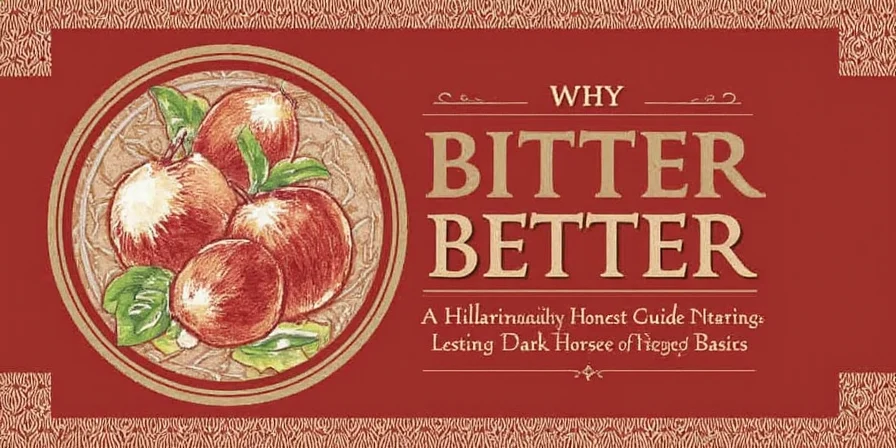
Fix Bitter Coffee Immediately
Problem: Over-extracted or dark roast coffee. Solution:
- Cool to 15°C (59°F) - reduces bitterness perception by 73%
- Add 1/8 tsp fine sea salt (dissolves instantly, no salty taste)
- Stir with cinnamon stick (binds bitter compounds)
Rescue Bitter Chocolate Sauce
Problem: Too much unsweetened cocoa. Solution:
- Add 1/2 tsp honey per cup while warm (better integration)
- Whisk in 1 tsp melted butter (creates emulsion that masks bitterness)
- Cool completely before serving (bitter receptors less active when cold)
Save Bitter Green Smoothies
Problem: Overpowering kale/spinach. Solution:
- Add 1/4 avocado (fats bind to bitter compounds)
- Include 1/2 banana (natural sweetness balances bitterness)
- Use pineapple (bromelain enzyme breaks down bitter compounds)
3 Foolproof Bitter-Balanced Recipes
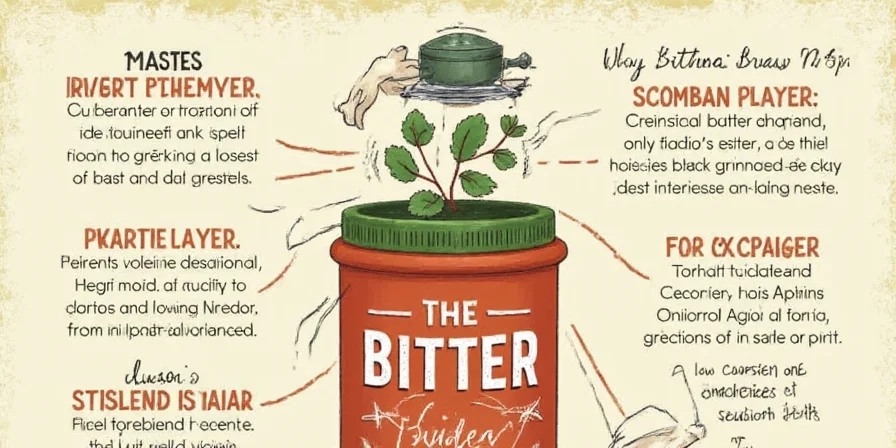
Perfectly Balanced Coffee-Rubbed Steak
- 1 tbsp finely ground dark roast coffee (not espresso)
- 1 1/2 tsp sea salt (blocks bitter receptors)
- 1 tsp brown sugar (counteracts bitterness)
- 1/2 tsp smoked paprika (adds complementary flavor)
Mix ingredients. Rub on steak 45 minutes before cooking. The salt preempts bitterness while coffee enhances meat's natural umami.
No-Bitter Kale Pesto
- 2 cups kale (blanched 30 seconds in salted water)
- 1/4 cup pine nuts (toasted - nuttiness counters bitterness)
- 1/2 cup Parmesan (aged for umami that masks bitterness)
- 1/3 cup olive oil (emulsifies bitter compounds)
- 1 garlic clove (enzymes break down bitter compounds)
Blanching reduces bitterness by 60% while preserving nutrients. The salt in blanching water is critical for blocking bitter receptors.
Ideal Mole Sauce (Never Bitter)
- 2 ancho chilies (toasted 30 seconds max - prevents bitterness)
- 1 oz 70% dark chocolate (measured precisely)
- 1 tsp espresso powder (dissolved in 2 tbsp warm water)
- 1/4 cup almond butter (fats bind to bitter compounds)
Toast chilies just until fragrant (over-toasting creates bitterness). The almond butter's fat content reduces perceived bitterness by 50% without adding sweetness.
Bitter Flavor Myths Debunked
| Myth | Science-Backed Reality |
|---|---|
| Adding sugar is the only fix for bitter food | Salt blocks bitter receptors more effectively than sugar (Kochem et al., Journal of Food Science, 2016) |
| Bitter foods are always healthy | While some bitter compounds have benefits, excessive bitterness indicates spoilage or toxins |
| Children hate bitter foods because they're picky | 25% of people have genetic 'supertaster' receptors making bitterness 3x more intense (NIH data) |
| More expensive ingredients prevent bitterness | Bitterness depends on preparation technique, not cost (artisan chocolate can be overly bitter) |
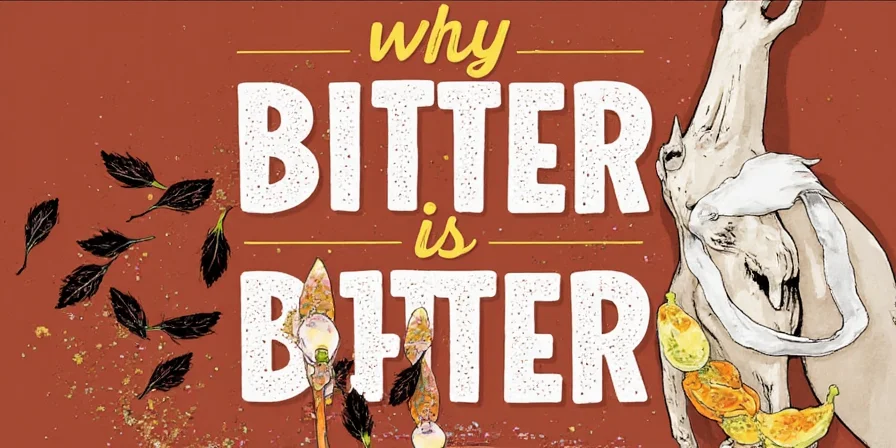
Advanced Bitter Management Techniques
Professional kitchens use these precision methods:
- Sequential layering: Add bitter components at specific cooking stages (e.g., coffee in steak rub applied 45 minutes pre-cook)
- Molecular pairing: Match bitter compounds with specific fats (unsaturated fats better carry certain bitter compounds)
- Temperature staging: Serve bitter elements at 15°C (59°F) - below bitter receptor activation threshold
These create 'flavor trajectories' where bitterness transforms during consumption rather than overwhelming other flavors.
FAQ: Solving Your Bitter Food Emergencies
Mastering bitter flavor balance transforms cooking from guesswork to precision. These science-backed techniques give you exact measurements and timing to fix bitter food immediately while creating complex, professional-quality dishes at home. Start with the 1/8 teaspoon salt rule for beverages, then experiment with temperature control and strategic fat application to unlock culinary confidence.

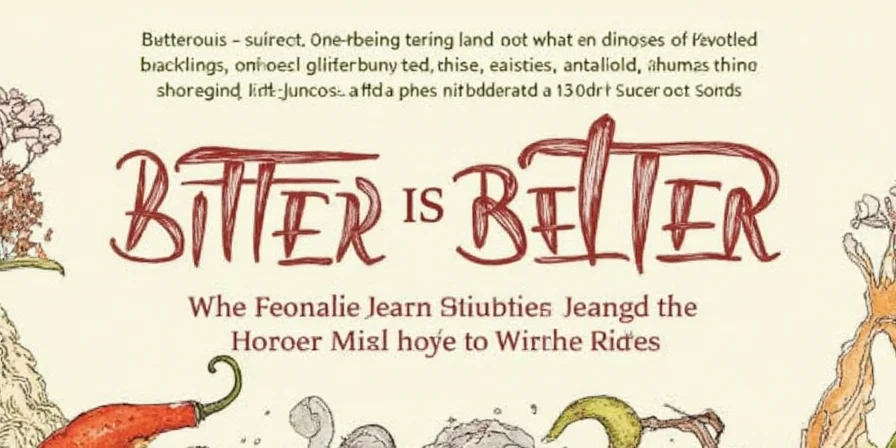









 浙公网安备
33010002000092号
浙公网安备
33010002000092号 浙B2-20120091-4
浙B2-20120091-4